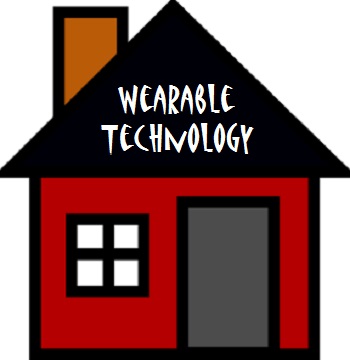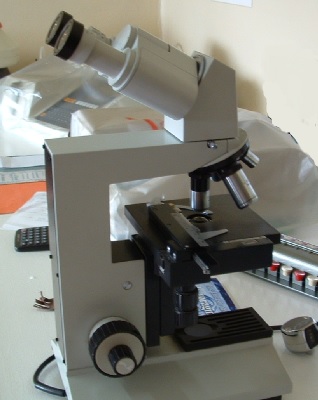As this tech continues, it could mean that wearables will soon allow a gesture to change settings around the house.
Some of the latest in wearable technology is now starting to suggest that it won’t be too far into the future before a consumer will be able to use hand and wrist gestures to be able to control various features around the home.
For example, as soon as you walk in through the door, you will be able to use a gesture to turn lights on.
Once the lights are on, they can be dimmed to bring on the right mood and to provide the appropriate illumination, while the television or even the game console could be turned on. Once the consumer is settled in, the wearable technology could be used yet again to lock the doors and turn off the exterior lights. This is exactly the type of tech that is currently being developed by Reemo, a product from a startup called Playtabase, which is based in the Twin cities.
Reemo is a wearable technology wristband that could make controlling home functions with a gesture possible.
 Playtabase is among the latest players in the Internet of Things market. It is aimed at helping to make sure that home automation will become possible, but it hopes to do so in a more accessible and less nerdy way. That said, this goal is not unique to this one company, as it is one of the most sought after efforts in the market.
Playtabase is among the latest players in the Internet of Things market. It is aimed at helping to make sure that home automation will become possible, but it hopes to do so in a more accessible and less nerdy way. That said, this goal is not unique to this one company, as it is one of the most sought after efforts in the market.
This market is rapidly growing. Another example of the pursuit of this segment of wearables occurred when Samsung purchased SmartThings, a home automation company. That brand was snapped up when it became a trendsetter in home control. Google also bought Nest, which was a high tech smoke detector and thermostat maker. Nest, itself, had only just purchased Dropcam, a maker of webcams, not long before that.
Though the products in the wearable technology category that are currently on the shelves are made up primarily of products such as smartwatches, these “smart home” products are rapidly on the rise, to the point that they could be the next hot item. Best Buy is now working on adding “connected home” departments to over 400 stores by the time that the holiday shopping season begins.
Google Glass helped to enhance the way that a surgeon can perform various procedures.
Two surgeons from the Indiana University Health Methodist Hospital have started using wearable technology in the form of Google’s augmented reality glasses to be able to boost their ability to make appropriate surgical decisions.
These doctors use the wearable tech’s voice control to access the information that they require, when they need it.
The two physicians, Dr. Szotek and Dr. Browne, became the first in the hospital to start using the augmented reality glasses during abdominal surgeries. They now each wear Glass during this procedure, which typically lasts around four hours. With them, they can access medical information – including records specific to the patient – as they remove tumors.
The augmented reality glasses can provide X-ray and MRI data on its floating display.
This information can all be shown by the wearable technology without getting in the way of the surgeon’s line of sight for the actual surgery itself. As it is commanded by the surgeon’s voice, there is no need to take hands away from where they are most needed and without upsetting the operating room’s sterile environment.
That said, this is only believed to be the start of the uses for Google Glass for these surgeons. They believe that these mobile devices will be more broadly helpful in the medical field as a whole. While other surgeons have used the gadgets’ point of view video streaming in order to educate themselves and have provided students with a live insight into every different phase of a surgery, Dr. Szotek sees this tech going further. He hopes to be able to use biological tracers so that his AR glasses will be able to actually differentiate between healthy tissue and the tumor, itself.
He stated that being able to automatically differentiate between these two tissues “could revolutionize the field of cancer surgery”. This would help to make certain that the tissue could be more completely removed while leaving the maximum amount of healthy tissue behind.
It could also be beneficial for emergency first responders to wear augmented reality glasses so that they would be better capable of handling unusual types of accident or medical condition, and to be able to provide them with accurate remote instructions.
 Playtabase is among the latest players in the Internet of Things market. It is aimed at helping to make sure that home automation will become possible, but it hopes to do so in a more accessible and less nerdy way. That said, this goal is not unique to this one company, as it is one of the most sought after efforts in the market.
Playtabase is among the latest players in the Internet of Things market. It is aimed at helping to make sure that home automation will become possible, but it hopes to do so in a more accessible and less nerdy way. That said, this goal is not unique to this one company, as it is one of the most sought after efforts in the market.

